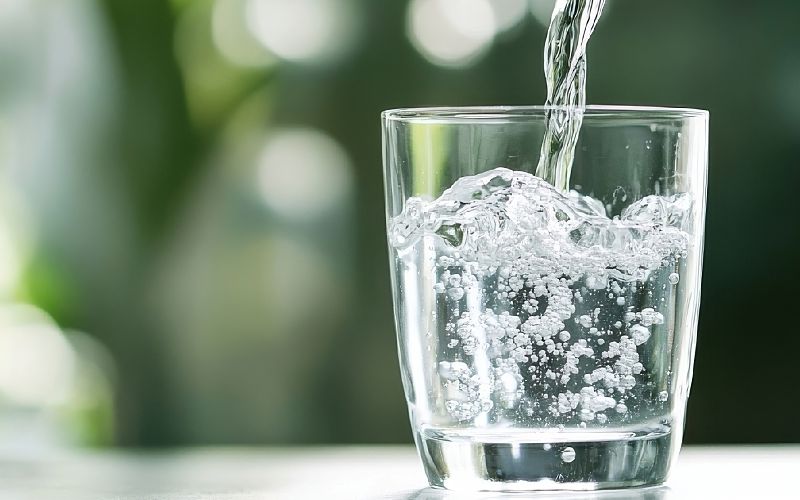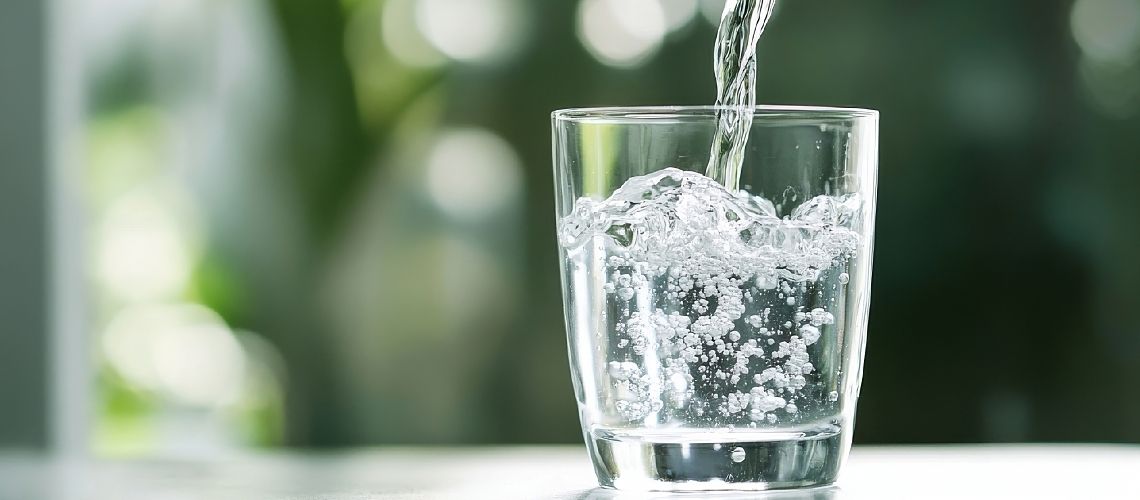European Drinking Water Directive Places New Demands on Testing and Infrastructure


Europe's water sector faces its most significant regulatory shift in decades with the updated European Union Drinking Water Directive (EU 2020/2184). Adopted in December 2020, this law sets ambitious goals to protect public health, build consumer trust, and reduce environmental impacts by tightening controls on drinking water quality from source to tap.
Set to be fully implemented in the coming years, the European Drinking Water Directive addresses heightened public expectations for safe water, including the threat of emerging contaminants like per- and polyfluoroalkyl substances (PFAS), and the need for more resilient water systems under climate stress.
The directive updates the 1998 version by introducing new or stricter parameters and a more holistic approach to risk management. For water laboratories and utilities, these changes require investing in new testing capabilities, quality control systems, and infrastructure upgrades to comply. For consumers, this will mean reliable access to safe drinking water with high standards of hygiene.
Here's a look at the requirements under the directive, the impacts for utilities and labs, the drivers for innovative technology, the barriers to cross-border harmonization, and the benefits for Europeans in the years to come.
Broader and Stricter Monitoring Requirements
New or tightened parameter limits reflect advances in scientific knowledge and public concern. For example, the directive sets a stringent value of 0.5 µg/L for the sum of 20 PFAS compounds in drinking water. In some contexts, even stricter limits of 0.1 µg/L may be in effect by January 2026.
These new limits require utilities to develop advanced analytical methods for trace-level detection. Labs will also need to invest in new equipment, such as high-resolution mass spectrometers. Labs will also need to turn to validated methods and quality assurance processes that can reliably deliver results at these low concentrations.
Other updated parameters include reduced allowable levels for lead, better controls on disinfection by-products, and new microbiological criteria, all of which will lead to cleaner water for all.
One of the European Drinking Water Directive's biggest shifts is the move toward risk-based water safety planning—an approach aligned with World Health Organization (WHO) recommendations. Instead of relying solely on set-point monitoring at the tap, suppliers must assess risks throughout the supply chain, from catchment to consumer.
Impacts on Lab Infrastructure and Methods
Meeting the new requirements presents a technical challenge. Labs must expand their analytical portfolios, adopt harmonized methods, and train staff in emerging techniques. Many countries are updating their national accreditation schemes, often based on standards such as ISO/IEC 17025 or guidelines from the European Committee for Standardization (CEN), to cover these new methods.
Voluntary consensus standards organizations, such as CEN, International Organization for Standardization (ISO), and national standards bodies, are actively developing or updating analytical methods to support implementation. This complex work ensures comparable and reliable results across borders, which are critical for managing transboundary water resources and public trust. Standardized methods also streamline regulatory oversight and help utilities demonstrate compliance.
Utility Infrastructure and Management Upgrades
For utilities, the directive means more than just changes to lab testing. Infrastructure must evolve to meet new quality standards and mitigate risks throughout the supply chain. This includes the massive undertaking of modernizing treatment plants to handle new contaminants, upgrading old pipes to eliminate lead exposure, and installing advanced monitoring systems to detect problems in real time.
The drinking water directive also emphasizes transparency and consumer engagement. In a time of climate stress, the average consumer requires more insight. Water suppliers must provide accessible and user-friendly information on water quality, water supply sources, and potential health risks.
A Catalyst for Innovation and Harmonization
The drive for improved water quality is spurring the development of advanced treatment technologies, including activated carbon, advanced oxidation, and membrane filtration. These changes are also prompting the development of advanced, modern monitoring tools, such as online sensors and data analytics platforms.
The directive promotes EU-wide harmonization of water safety standards. For labs, this means shared methodologies, collaborative proficiency testing, and participation in the development of international standards. These efforts enhance capacity, reduce duplication, and facilitate seamless collaboration between labs and utilities across borders.
Taking a Preventive Approach to Drinking Water
EU member states are integrating the directive into their national laws, with various implementation deadlines through the mid-2020s. Although progress is uneven, the goal is for drinking water providers to adopt a preventive, risk-based approach to water quality that integrates modern science and technology.
For labs, utilities, and regulators alike, the drinking water directive represents both a challenge and an opportunity. Meeting its requirements will require investment, training, and adaptation, but will also ensure safer, cleaner water for millions of Europeans.






